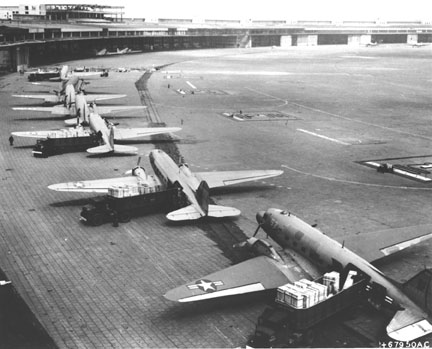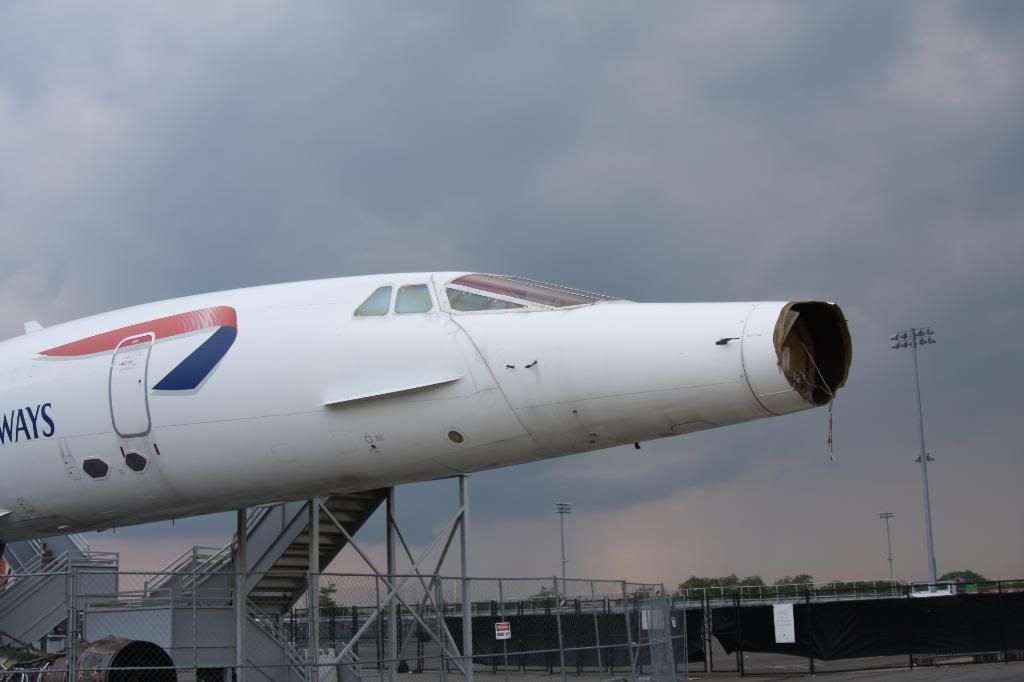Today is a very sad day – The oldest commercial airport in the world, Berlin Tempelhof (THF/EDDI), has been closed forever, solely because of political reasons. The airport, located in the heart of Germany’s capital, was opened in 1923. With 284,000 square meters of floor area, the airport’s main building was the largest building in the world, before it was beaten by the Pentagon building in 1934. Tempelhof is still the largest building in Europe and still belongs to one of the largest buildings in the world. It’s considered by most experts to be an architetctural masterpiece. British architect Norman Foster described Tempelhof as no less than “the mother of all airports.”
Tempelhof was one of Europe’s three iconic pre-war airports — the others being London’s old Croydon Airport and Paris Le Bourget. 1926 Lufthansa was founded here.
The airport became famous during the Berlin Blockade (1948 – 1949) where it was used by Douglas DC-3s and Douglas C-54s for the Berlin Airlift which was formed by Western Allies to supply the city over pre-arranged air corridors.
Tempelhof was often called the “City Airport”. It mostly had commuter flights to other parts of Germany and neighbouring countries, but had in the past received long-haul, wide-bodied airliners, such as the Boeing 747 operated by Pan Am.
The last 2 planes, a Junkers Ju-52 and a Douglas DC-3, departed Tempelhof at midnight.
After closing Tempelhof, one of the two remaining Berlin airports РBerlin Tegel Airport (TXL) needs to replace it. To deal with the additional traffic and passengers, Tegel will be expanded for several Million Euro. But the death of Berlin Tegel Airport is also already a settled matter and hence the expansion a solely waste of money. The second remaining airport will be closed in 2012 after the new Berlin Brandenburg International Airport (formely Berlin Sch̦nefeld (SXF)) will be completed.
There’s still no reasonable concept for using the airport site.
Photo gallery featuring many historic photos: Photo Gallery
Please also read the great story over at the english edition of spiegel.de: An Era Ends with Closing of Berlin Airport





 The Boeing Company today announced that it is sponsoring a flyover of four historic military airplanes in honor of U.S. airmen who died during World War II and in subsequent conflicts.
The Boeing Company today announced that it is sponsoring a flyover of four historic military airplanes in honor of U.S. airmen who died during World War II and in subsequent conflicts.